In just a few decades before World War I, Budapest grew from a small town to one of the biggest capital cities in Europe with an eye-catching architecture to match. These buildings still define the cityscape but they need more care and attention.

After centuries of tension and a couple of bloody independence wars, in 1867 Habsburg Emperor Franz Joseph decided to form Austria-Hungary, thereby granting Hungary equal status. Many people consider the half a century that followed to be Budapest’s golden period. Beside Vienna, Budapest became the capital of the newly formed dual Monarchy and ballooned from a small, provincial town into a worldly metropolis in just a few decades.
By 1900, Budapest was the eighth biggest city in Europe with a population approaching a million people. The city offered attractive business opportunities and a less anti-Semitic environment than neighboring Vienna, which in turn drew many Jewish immigrants, and also German, Slovakian, Serbian, and Greek minorities.
During this time, Budapest took a big leap toward catching up with more advanced western European capitals. Nowhere was this more visible than in the construction boom between the 1880s and the 1910s, when the number of buildings more than tripled to accommodate the swelling population and public administration.
Infrastructure projects included two vast railway stations, three bridges connecting Pest and Buda, and, in 1896, the first underground subway line of continental Europe. Between 1896 and 1902, six indoor markets sprung up across the city, including the Great Market Hall, replacing the makeshift open-air venues. Made with steel frames and oversized glass panes, they featured the latest techniques and building materials.
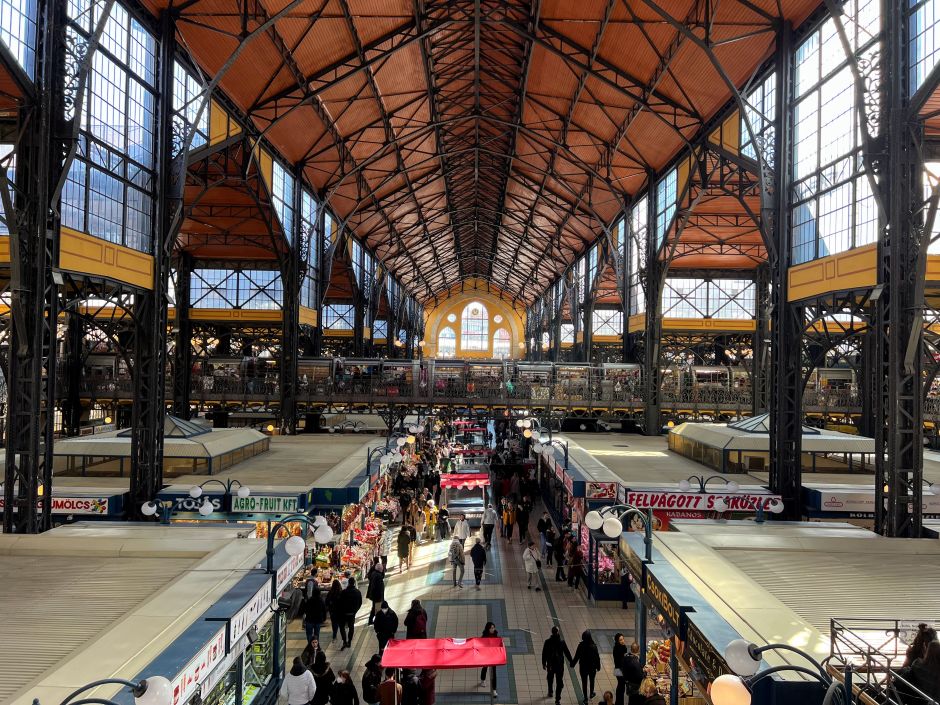
With money and political power came the desire for monumental representation: public buildings and plazas emerged to parade Hungary’s newfound prestige. Down went the one and two-story flimsy houses — vestiges of a modest past many were eager to forget — and up rose the towering ministries and court buildings, immense bank headquarters, and gleaming hospitals, museums, universities, and national monuments (not unlike Haussmann's renovation of Paris a decade earlier).
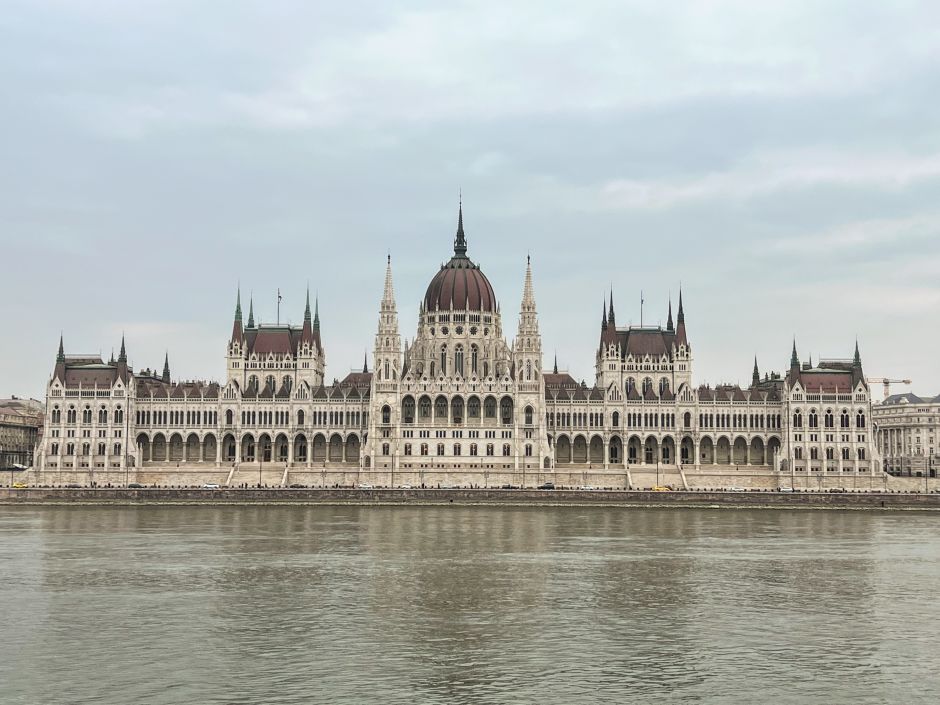
Most symbolic of this transformation is the giant building of the Hungarian Parliament dominating the Danube’s bank. This limestone-clad Gothic Revival spectacle, which took twenty years to erect and opened in 1904, certainly doesn’t escape the attention. Despite a liberal and secular-minded government, religious buildings were also boosted. The Saint Stephen's Basilica, completed in 1906, became the biggest church in Budapest, while the modest Matthias Church on the Castle Hill was unrecognizably embellished.
The private commissions were also ambitious. The aristocracy built giant winter palazzos — summers they spent in their countryside estates — behind the National Museum, the center of political life before the new parliament building was completed (hence the area's name today: Palace District).
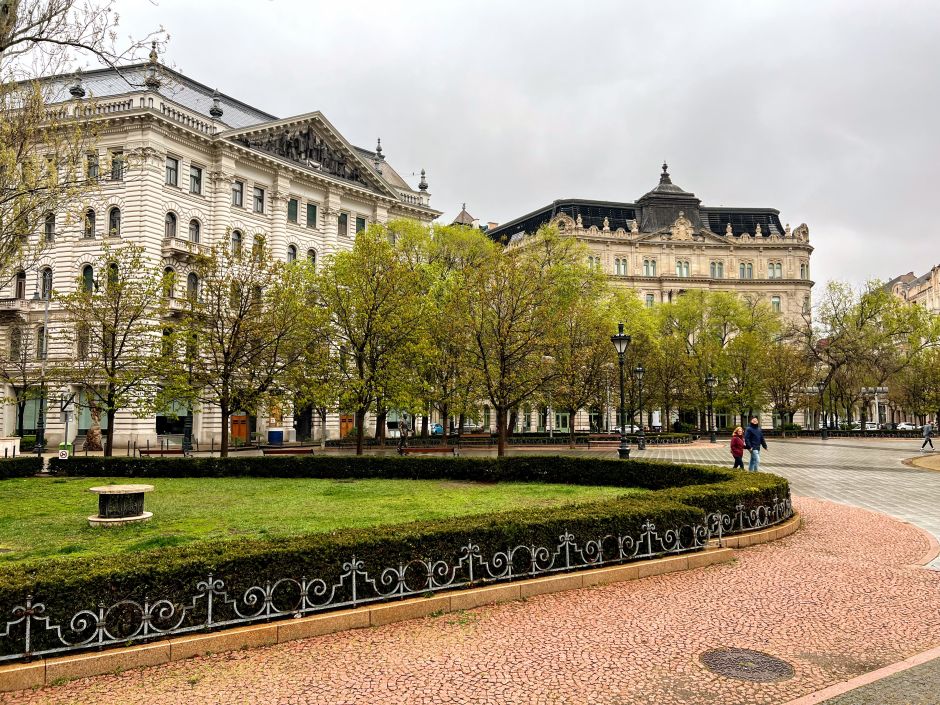
The urban fabric of the city also improved. Taking cues from Paris and the Viennese Ringstraße, spacious ring roads, sweeping boulevards, and tree-lined avenues were built in the 1880s to improve connectedness and mobility. Most prominant was Andrássy Avenue, which links downtown and the City Park. It was named after Gyula Andrássy, the first prime minister of the revived country and later influential foreign minister to the dual Monarchy (after several name changes during the Communist period – including Stalin Avenue – it's back to the original moniker).
Budapest’s new upper class commissioned many of the luxury buildings lining these streets. Unlike the aristocracy, they consisted of businesspeople, many of them Jewish, but with a similar desire to display their wealth via homes that looked like Renaissance palazzos (in the post-Communist present – with the original owners long gone – Andrássy Avenue is home to high-end boutiques and embassies).
The most important legacy of this period isn’t so much any individual building — although some are unique — as the eye-catching consistency of revival architecture throughout the city: The overall effect adds up to more than the sum of its parts. Even today, these three and four-story Renaissance and Baroque Revival homes define the look of Budapest despite the fact that many were lost to World War II bombings.
One shouldn't forget about the Art Nouveau buildings that mushroomed in the last decade of the 19th century and provided an interesting contrast to the Revival architecture. Ödön Lechner’s unique brand of Hungarian Art Nouveau is especially interesting. Like Otto Wagner in Vienna, Lechner denounced the Europe-wide revival style as outdated and instead set out to create a distinct national Hungarian architecture. Lechner’s masterpiece is the Postal Savings Bank (1900-01) in downtown Budapest, featuring his signature brightly colored tileworks, decorative brick patterns, and folk motifs.
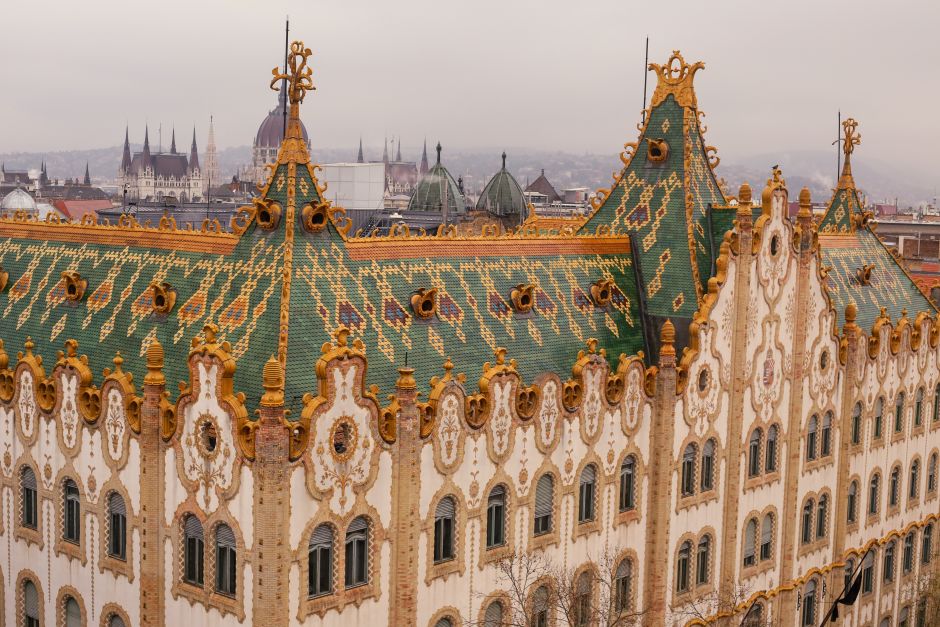
Lechner’s numerous followers took his style in many directions. Especially notable is Béla Lajta, who, in the early 1910s, designed some of the first modern buildings in Europe, around the same time as the better-known Austrian architect, Adolf Loos.
It can be misleading to compare the merits of different architectural periods because they’re born of different times, ideologies, and circumstances. It wouldn’t be fair, for example, to claim that these Austro-Hungarian-era buildings are superior to those built during the Communist period (1947-1989). Still, there's something about them I find hard to resist — perhaps their grandeur, their consistency, their wish to impress.
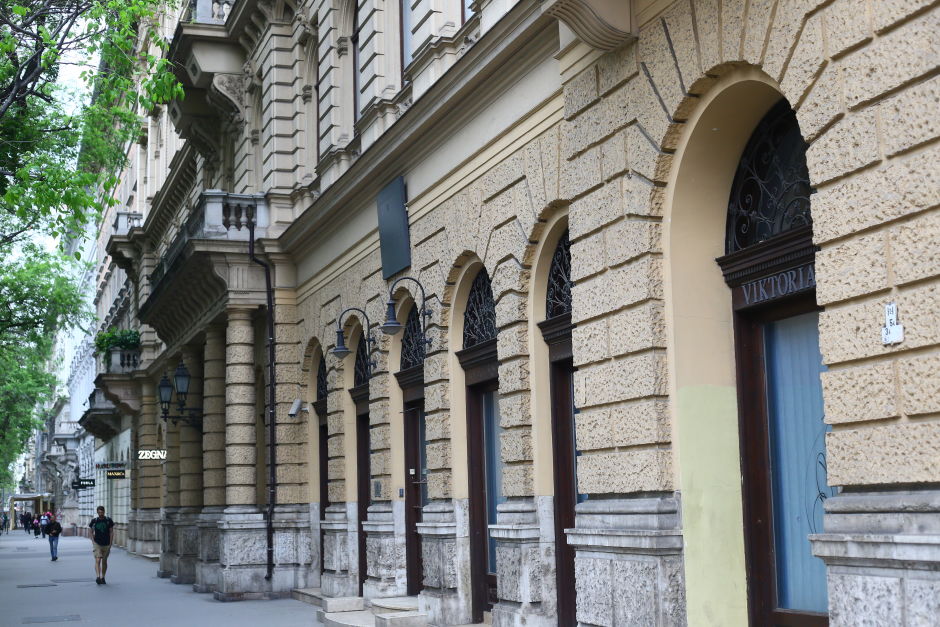
It would be wrong to idealize these buildings or the Austro Hungarian period in general. While some had as many as 6-8 bedrooms and expensive fittings, others were much smaller, came without a bathroom, and overlooked dark interior courtyards. Another issue was the building materials: instead of more durable (and expensive) stone decorations, the ornaments were made from cheap plaster most of which have disintegrated over the decades.
Unfortunately, Budapest’s turn-of-the-century housing stock hasn’t been treated kindly by later generations. In the Communist era, the state nationalized most residential homes by 1952 but didn’t have the money to provide even the most basic maintenance works, leaving them in a state of neglect. Worse, to address the city’s critical housing shortage, they parceled up the apartments into smaller units, which led to ad-hoc and clumsy modifications and maddening layouts that continue to plague residents.

In the more recent past, real estate developers have demolished many salvageable buildings for no good reason other than profits. Every one that gets knocked down chips away from the overall picture. Hungary’s national landmark protection agency has been hugely scaled back in the past decade and civil initiatives for preservation, which do exist, can only go so far. The restoration works have picked up somewhat since Hungary joined the EU in 2004 and received funds targeted at refurbishments, but there’s a long way to go as anyone can tell who walks around Budapest. This is especially so in areas that lie outside the city center and get less attention.